-
Posts
245 -
Joined
-
Last visited
-
Days Won
2
Content Type
Profiles
Forums
Resource Library
Events
Gallery
Blogs
Store
Community Map
Posts posted by Northroader
-
-
It would look nicer putting track down, Leslie, not taking it up.
Actually, I think Ernie’s portfolio for the Valencia Harbour line is one of the most evocative set of railway pictures going.
-
 1
1
-
 1
1
-
-
Not the best of times, my father could have been the guy in the picture before he got sent to the Western Front, but I found this picture on an RTE website, and it’s worth a look at. In my mind it’s very rare to get such a fully detailed look at a van, I’ve just trimmed the view to a single van.
A GNRI ventilated van to go with the passenger coaches, for “perishable” traffic, meat, fish, dairy, and so on. There’s one of these in that poor picture of the trains in the carriage sidings at Amiens Street on page one of this thread, only that one doesn’t have the “torpedo” ventilators on the roof, which this one does have. The seriffed capitals suggest to me that it lettered to run with passenger stock, presume the van was painted brown? You can just make out a vac. pipe on the end, and there’s a vee hanger in the middle, suggesting a cross shaft coupled to a vac brake cylinder, although the hand brake is the old style lever to the block on the far end wheel, so the brake work could be a bit of a tangle. You’ll see that the leaf springs end in small swing links, which is a concession to a suspension running at passenger train speeds. The wheels, could these be some more 3’4” diameter jobs?
-
 4
4
-
-
Perhaps, Leslie, if you can do a photo of beneath the loco looking up, folks can get a better idea of how the leading coupled drivers are mounted?
-
I’m afraid I never got round to lining it out, coal in the bunker and so on. It’s built as a double bogie, out of necessity to go round curves.
-
 2
2
-
-
nice old brake van over on the left in the Dundalk shot.
-
 1
1
-
-
On that cross border archive I’ve linked to, there’s another interesting picture, the inside of Dundalk carriage shops in full swing:

It’s the nearest coach that’s taking my attention, it looks four compartments well spaced out, with a toilet placed between the two pairs, so possibly two second class outside of two first with toilet accommodation? Then at the near end there’s a small brake compartment, so a brake composite? Another useful coach. The one beyond is a later bogie job, with a “cove” style roof, I.e. made from three radii.
-
 3
3
-
-
In Norman Johnston’s book on GNRI loco’s, there’s one picture of a coach, a second class five compartment six wheeler illustrating the “Doncasterisation” of the GNRI by Park in the 1880s.
The keynote in modelling this is the panelling of the sides. There’s a step between the lower panels and the upper panels, so that the mouldings covering the panel joins on the upper panels are flush with the lower panels, and the lower panel mouldings stand proud. The mouldings are nice to do in micro strip for a modeller, as they meet at the corners with right angles, the majority of coaches from other companies have the corner joins rounded off with a curved fillet, which makes the whole job very fiddly. The downside, I suppose, was that it was easier for dirt and moisture to accumulate at the corners. Here’s a detail from a preserved English GNR coach which should show the mouldings better.

The other Irish firm that did this was the MGWR, but the windows had round tops and square bottoms, rather than the rectangular windows of the GNRI. The “generic” 4w/6w coaches by Hornby or Hattons in 4mm scale have the other type of body side mouldings, on flush top to bottom panelling, which is sufficiently different to rule them out for representing the GNRI or MGWR.
Looking at the brand new coach picture, there’s two things catch my eye. First off, the coach ends are supported by two vertical braces. In wagon building practice, both vans and open wagons have these, but on a coach? I fancy this was quite uncommon, there’s another picture of a new six wheeler on the “cross border archive” without them, which I would think is the norm. (I haven’t copied this as it’s overprinted)
https://www.louthnewryarchives.ie/online-exhibitions/great-northern-railway/engineering-pride.shtml
The other thing is the wheels, which stand out, as they are Mansell type, with the hardwood segments between the centres and the tyres, and these are new clean wood, freshly varnished. They don’t look full size, usually the top of a coach wheel disappears well up behind the sole bar., and the tops of these are barely behind. Checking with the diagrams I’ve been kindly supplied with, it turns out the GNRI had their own standard coaching stock wheel size, 3’4” diameter (!) Pity, in 7mm I go for Slaters wheels, and they do 3’1” wagon, or 3’7” coach, so I’m afraid there’ll be some oversize wheels on my coaches, and very scruffied up so as to be less obvious.
-
 2
2
-
 1
1
-
-
Hope they’ve found you a decent abode. It looks as if I’ll be going as you’ll be coming. Good luck with it all, and looking towards more tales from the workbench.
-
 1
1
-
-
With those couplings, they’re formed round small button magnets. To attract each other, you need a North Pole facing a South Pole, so you need the different poles facing out at the opposite ends of the vehicle, and if the vehicle is turned round, they will repel each other.
Watching the video, you can see the one coupling dip as it uncouples. This says to me you have an electromagnetic coil under the base board, and when this is switched on, the field will attract the one coupling down towards it, and push the other coupling up away from it, so you can pull the wagons apart. I don’t buy into the idea of having a retractable stop coming up to hold the wagon, and you use extra pull from the loco to force the vehicles apart. -
Ah well, imagination is a wonderful thing.
-
 1
1
-
 1
1
-
-
I might have got me geography wrong, but I got the idea from somewhere there was a branch up to Glendalough. Maybe I just imagined it?
-
 1
1
-
-
Thanks again, Paul. One thing that’s emerged is that the vac cleaner van and the standard brake van both have 28’ bodies.
-
 1
1
-
-
5 hours ago, Irishswissernie said:
Yes go ahead. Is the first part of its number an E or an 8?
It looks like a stencilled “8439”, so I’m guessing a service vehicle series?
-
 1
1
-
 1
1
-
-
I hadn’t commented on @seagoebox’s Antrim picture, which looks around the 1920/30s timeframe. There’s no oil lamp chimneys, so electric lights are fitted, and all the lower footboards are removed, including the brake van. We’ve got two six compartment thirds, followed by a four compartment coach, probably a composite? There’s a ventilator centrally placed, but no door handles, so most likely a pair of toilets for the two inner compartments. At the back end there’s a standard brake van, with side lookout duckets.
-
 1
1
-
-
There’s a real treasure appeared on @Irishswissernie Photo collection today, an old GNR brake van converted for service use. It’s got the window and door spaces matching what might be termed the later standard vans, but then you’ll see: Axle-guards on the front face of the sole bar and the springs behind, Louvre ventilators over all the door windows, simplified mouldings over the panelling. So just like the composite that appeared in the smug mug photo a few posts ago. Presumably built some time around the GNR amalgamation before Park standardised the “Doncaster” appearance, or possibly from a constituent company? Wonder if it started life with a “birdcage” lookout on the roof? Compare it with the later vans, they have extra panels under the lookout, so would this be a 30’ body, and later ones are 32’? Either way, it’s crying out to be modelled.-
 4
4
-
-
Now, that middle picture sparked my interest, sure enough, it’s still got “GNR” on it. An old six wheel brake van. Ernie, could I post a copy on my GN coaches thread on here, please? It’s the clearest picture I’ve seen of one of these.
-
 1
1
-
-
-
No, six wheels. Over this side of the channel quite a lot of railways went in for taking the middle axle out of six wheelers in later years, but it doesn’t seem to have been such a common practice over in Ireland?
-
 1
1
-
-
I like to aim at pre 1900, there was a bit more colour in the paint schemes, and single drivers were still around….
-
 1
1
-
-
Paul has just shown me a diagram for a GNR 6wheeler four compartment all first coach with a 30’ body. There must have been very roomy compartments, and the vertical dividing strips between each set of windows are quite wide. Still, a full first class coach on a limited space layout for a country branch line wouldn’t be a good idea.
-
 1
1
-
-
On picking a body length, I was guided by a sample of GWR coaches from the Penrhos site: http://www.gwrcoaches.org.uk
particularly the U9 diagram six wheeler composite:

This has a 28’ body, but the width of the vertical panels between the windows looks a bit more generous than the coach in the Smug Mug picture, so I knocked a foot off.
Looking at the Irish 30’ body six wheeler composites, they all fitted something like a luggage locker or a pair of toilets at the centre tween the pairs of compartments, and there is a GNR version of this in that very dark photo of Amiens St a few posts back.
So, if the GNR didn’t have any below 30’, this must have come from one of the constituent companies pre 1878 amalgamation, although it sounds from Johnson’s book as if everyone went on doing their own thing for a few years after. This makes it all the more interesting, and would account for the other non standard items like axleguard placing and quarter light ventilators.
-
Dredging round for old coaches, and I found an interesting one in the background of one of the “Smug Mug” loco collection. (Edit: here’s a link:

it’s a six wheel first and second composite, but there’s some variations which suggest it’s one built early to the general standardised appearance of these coaches. Things which are different to me are the axleguards are placed in front of the solebars, with the springs behind them, and the louvre ventilators above the quarter lights. The body panels look as if there’s the step in levels between the lower and upper panels, but the moulding strips are simpler, just round the windows and on the waist strip. I’m guessing at a body length of around 27’. It’s very like the third vehicle in this train:
-
 4
4
-
-
I don’t think “Sylph” likes towing that bogie coach anywhere, the weight of it, Plenty of wheel slip happening! But it keeps going.
-
 3
3
-
-
Hangs my head in shame, yes, I do tend to skate over below the footplate detail, such as brakes and lifeguards. My first kit was a Leinster Models job, and I caught the habit from that, though I expect the McGowans did it to keep costs down. These days when you open a box of etchings with 500 bits to make up the brake work, it gets a bit frightening.
-
 2
2
-
 1
1
-
.png.c363cdf5c3fb7955cd92a55eb6dbbae0.png)
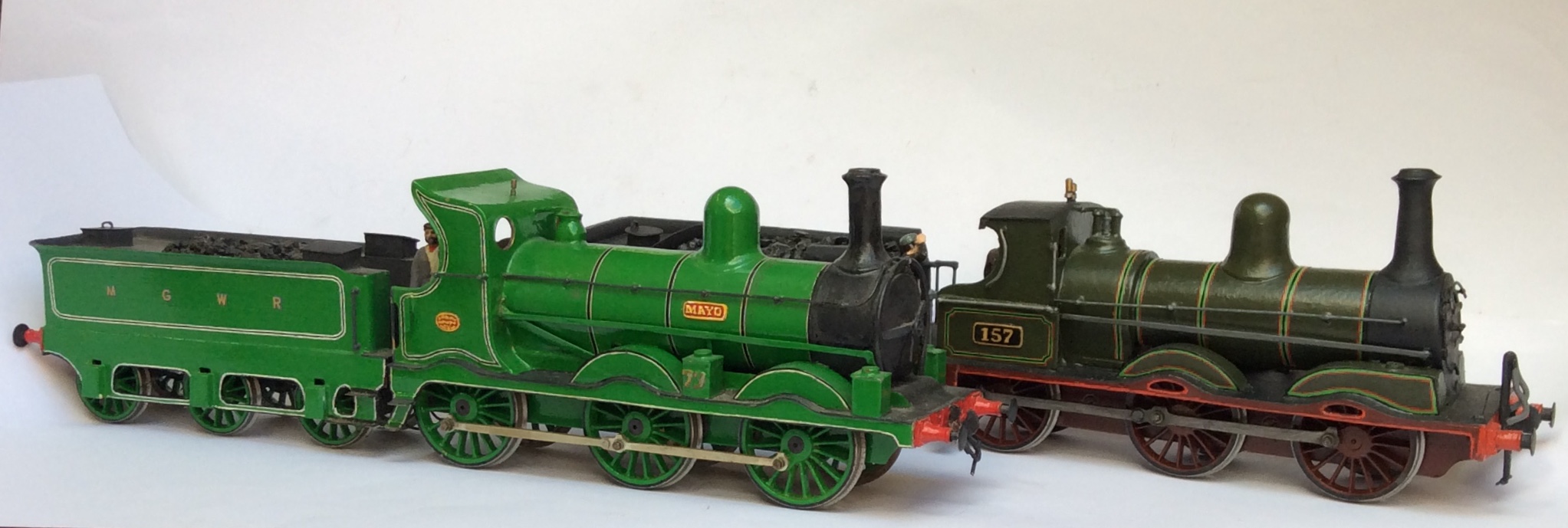
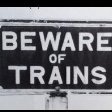
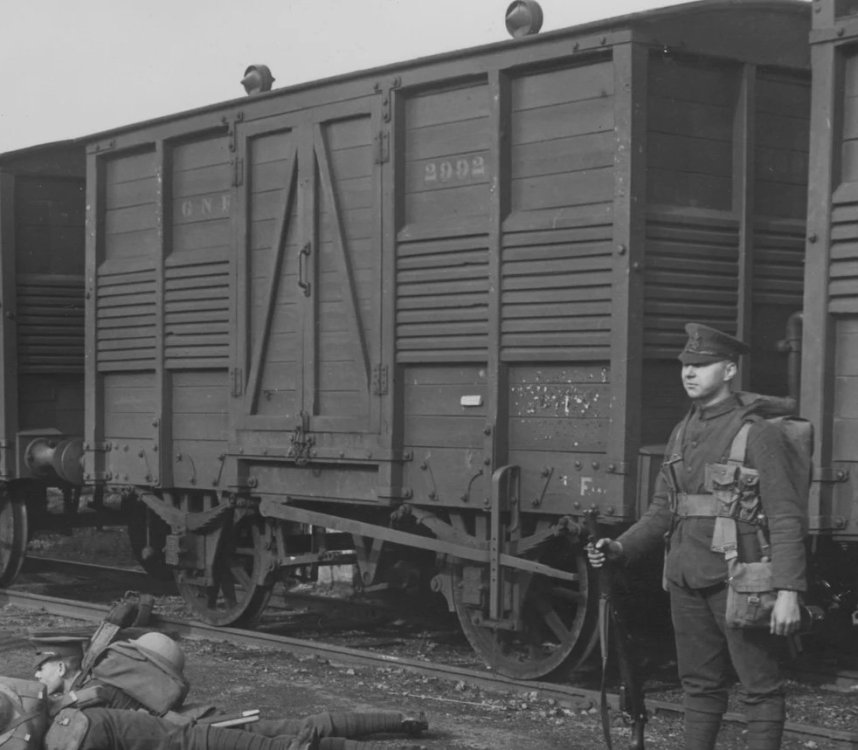
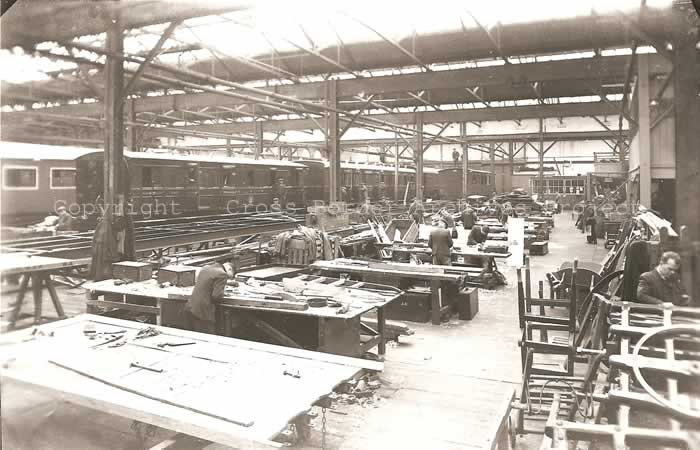
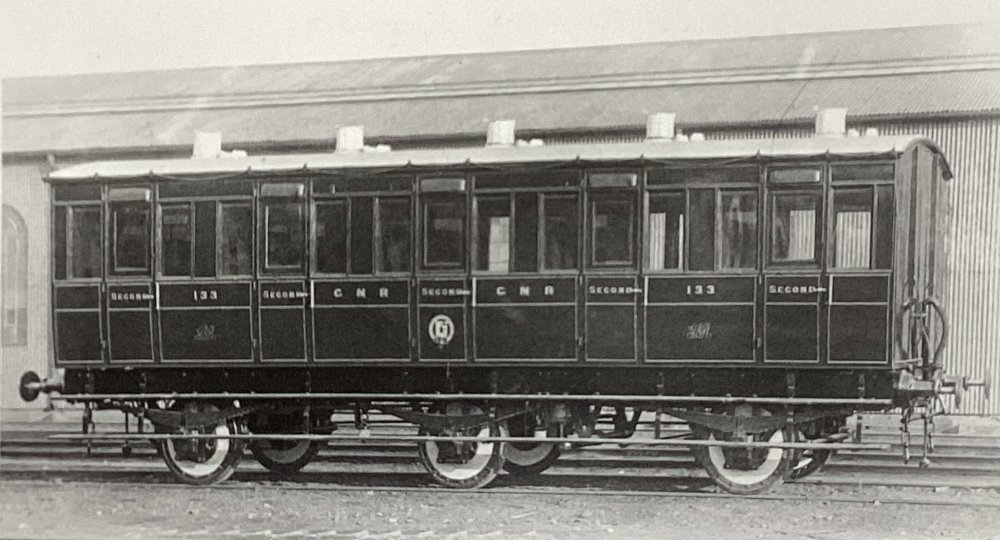






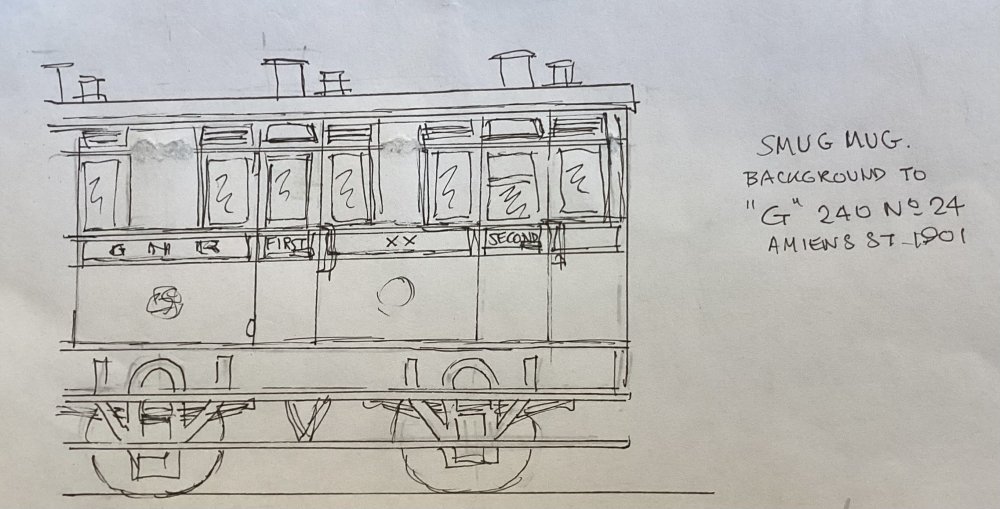
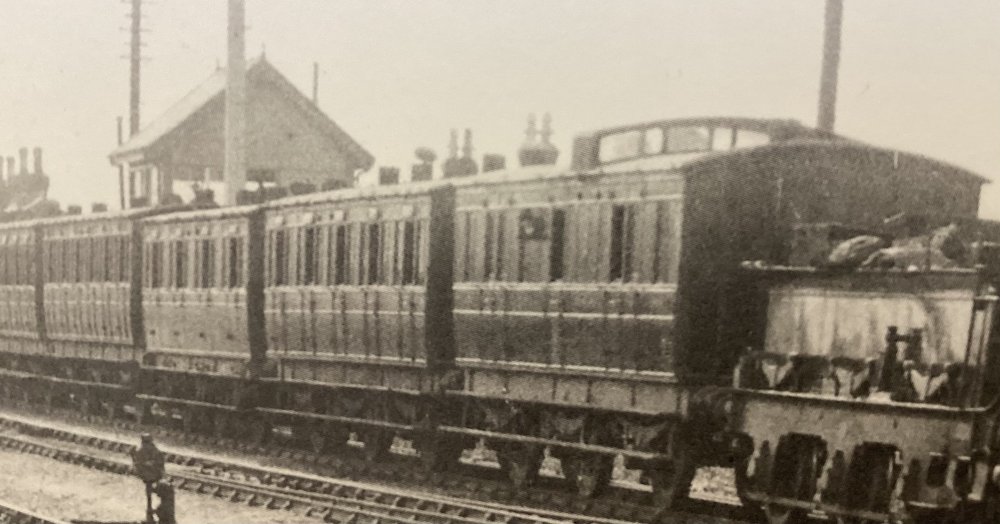
Swilly Buses
in Questions & Answers
Posted · Edited by Northroader
There’s this site says they were rebodied anyway, but I’d be hoping for a few pictures.(maybe in their gallery, I couldn’t be a**** signing on to Google!)
https://www.classicbuses.co.uk/+LLSR.html
youll be wanting a bridge next?